Hylozoic Ground is a uniquely Canadian experimental architecture that explores qualities of contemporary wilderness. The project transformed the Canada Pavilion into an artificial forest made of an intricate lattice of small transparent acrylic mesh work links, covered with a network of interactive mechanical fronds, filters, and whiskers.
“In order to make complex adaptive systems that are resilient today there is simply a practical necessity of sharing and working collectively ” – PHILIP BEESLEY
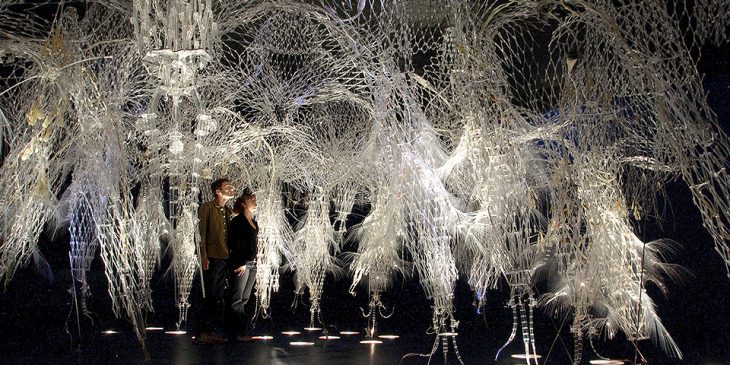
Tens of thousands of lightweight digitally-fabricated components were fitted with microprocessors and proximity sensors that reacted to human presence. This responsive environment functions like a giant lung that breathes in and out around its occupants. Arrays of touch sensors and shape-memory alloy actuators (a type of non-motorized kinetic mechanism) create waves of empathic motion, luring visitors into the eerie shimmering depths of a mythical landscape, a fragile forest of light.
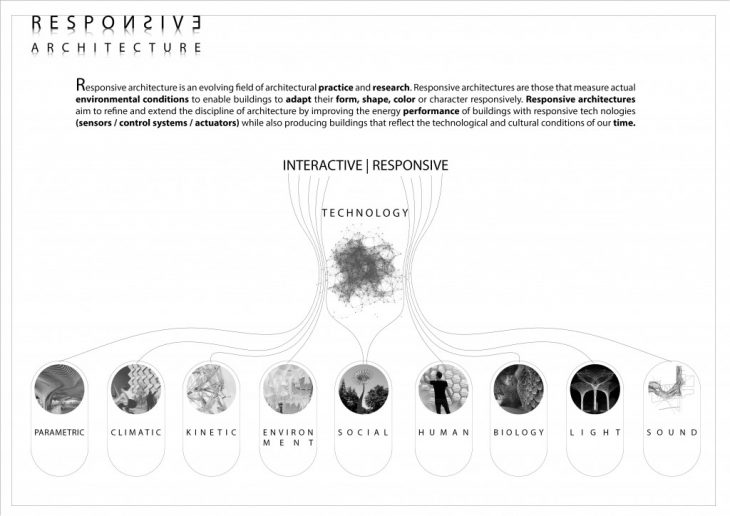
Beesley’s visionary architecture affects people on an emotional and poetic level, linking the animate and the inanimate. The sophisticated technologies used in the work are also being directly translated into architectural envelopes that include manufactured filtering and shading systems.
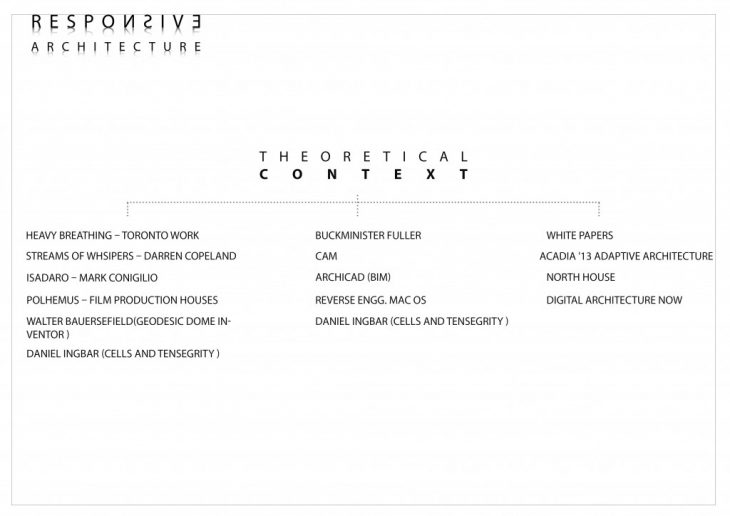
The work has further applications in a wide range of disciplines including sustainable design, geotextiles, material science, environmental engineering, robotics, psychology, and biotechnology.
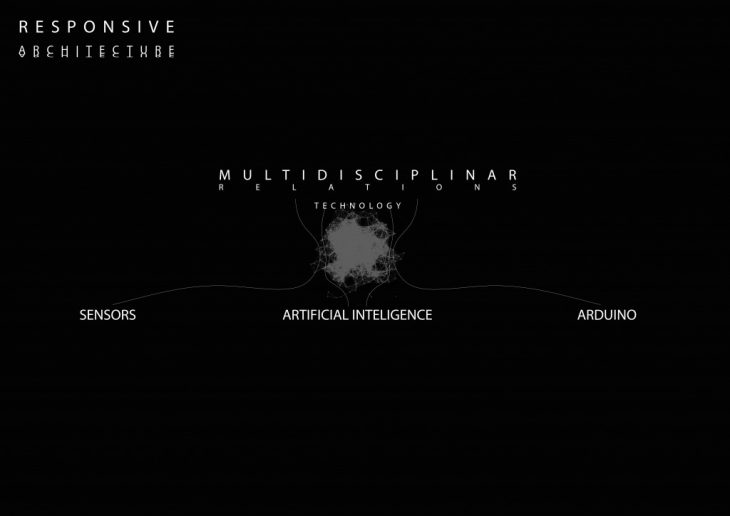
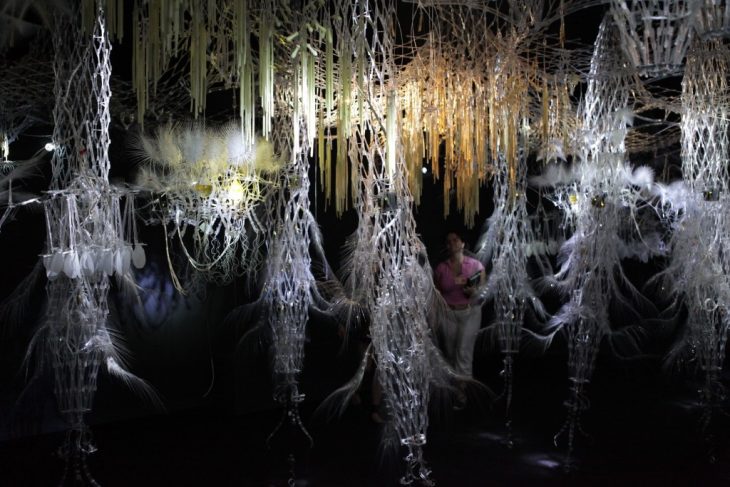
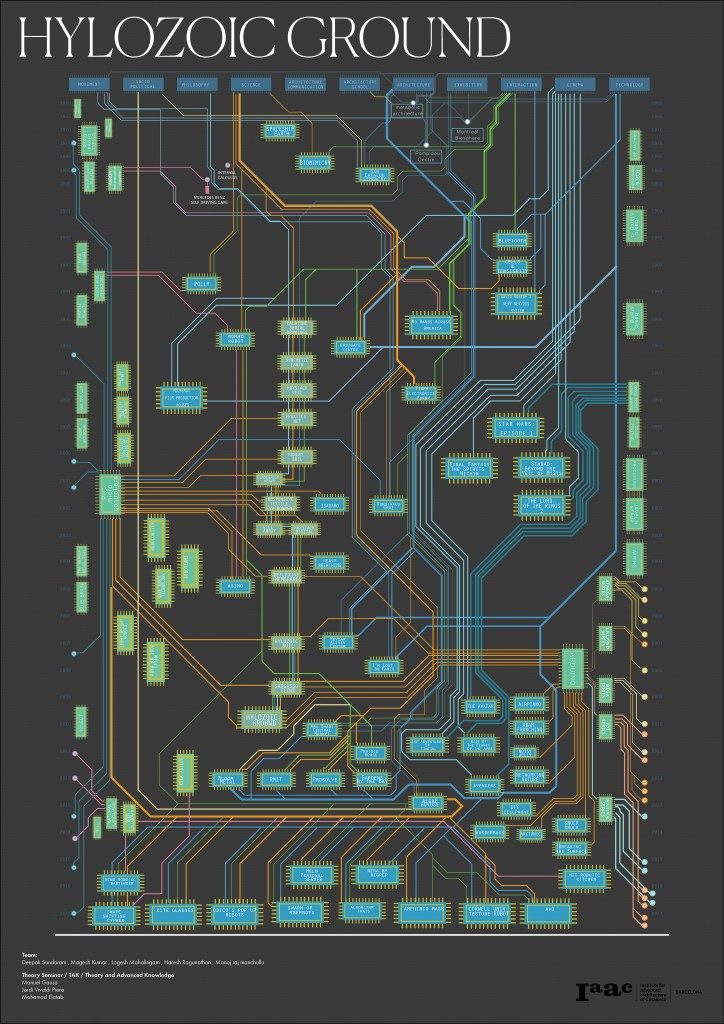
HYLOZOIC GROUND – ADVANCED THEORY is a project of IaaC, Institute for Advanced Architecture of Catalonia developed at Master in Advanced Architecture, in 2018/2019 by:
Students: Logesh Mahalingam, Magesh Kumar, Haresh Ragunathan, Manoj Manchalu Khan.
Faculty: Jordi Vivaldi, Manuel Gausa
Assistant: Mohamad Elatab
